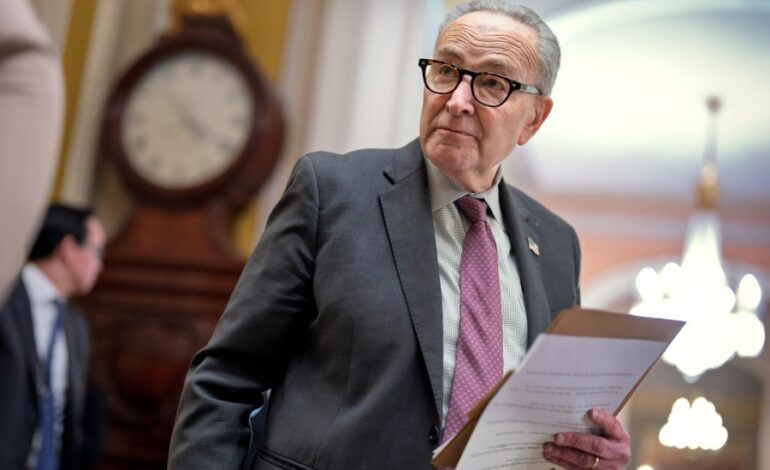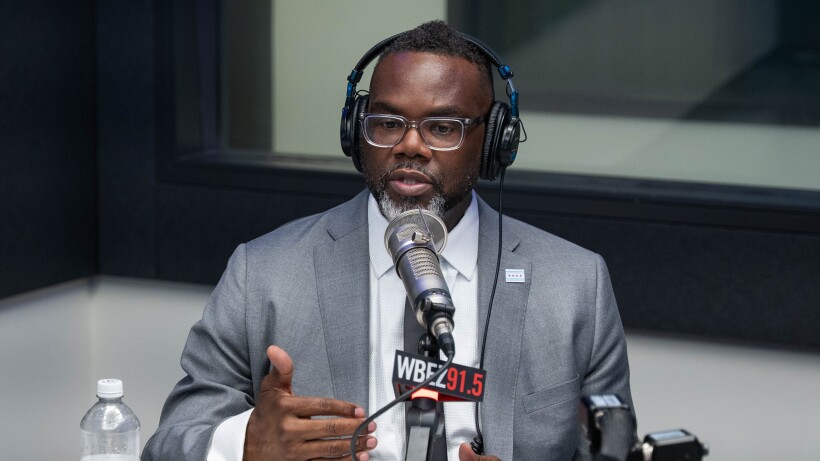U.S. Government Shutdown Ends After 43 Days, No Compromise Reached

The United States government shutdown that lasted for 43 days has officially concluded as of October 12, 2023. This protracted closure resulted in significant financial losses, estimated in the billions, while failing to achieve any of the legislative goals set by the Democratic Party. As the government reopens, criticism from within the party highlights a perceived inability to navigate the impasse effectively.
The shutdown commenced on September 30, 2023, following a failure to pass a budget, leading to the suspension of various federal operations. During this period, approximately 800,000 federal employees were furloughed, with many others working without pay. The economic impact of the shutdown has been profound, affecting both government services and private sectors reliant on federal contracts.
Democrats had aimed to secure funding for key initiatives, including expanded social services and climate change measures. However, their efforts were met with staunch opposition from Republicans, who maintained a firm stance against what they described as “extortion” tactics. The Republican leadership focused on fiscal discipline, refusing to concede ground in negotiations.
As the shutdown dragged on, frustration grew among various stakeholders, including federal workers and the general public. Congressional leaders from both parties faced backlash for their inability to reach a compromise. Polling data indicated a decline in public approval for both parties, with many citizens expressing discontent over the political stalemate.
In the aftermath of the shutdown, lawmakers now face the challenge of resuming business as usual while addressing the repercussions of the 43-day impasse. The reopening of the government does not guarantee a swift resolution to the budgetary disputes that led to the shutdown. Lawmakers will need to engage in renewed discussions to prevent future disruptions.
The economic ramifications of the shutdown are expected to linger, particularly in sectors heavily reliant on government contracts and services. The Congressional Budget Office has estimated that the shutdown cost the U.S. economy approximately $24 billion, reflecting lost productivity and revenues.
Going forward, both parties will need to reassess their strategies to avoid similar crises. The situation underscores the importance of bipartisan dialogue in addressing the nation’s fiscal challenges and ensuring the stability of government operations.
As the nation moves past this shutdown, the focus now shifts to upcoming budget negotiations, which are crucial for maintaining federal functions and avoiding future interruptions. The events of the past 43 days serve as a reminder of the need for effective governance and collaboration in the political landscape.






